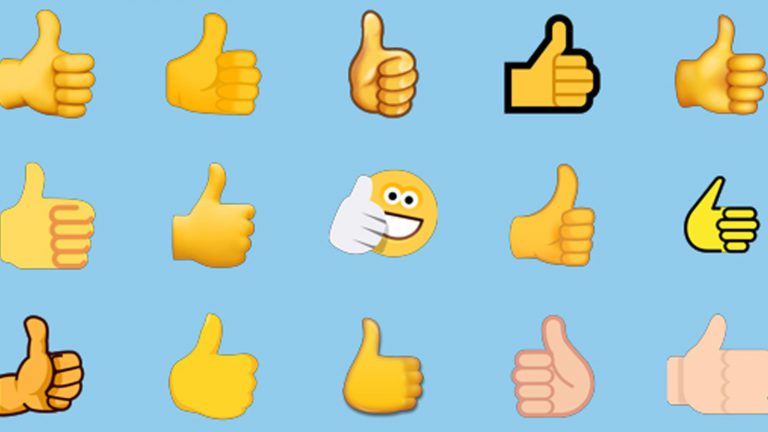Using A Thumbs Up Emoji Could Be Used As A Legally Binding Contract

Be Careful When Using A Thumbs Up Emoji As It Could Be Used As A Legally Binding Contract
A story from Canada has emerged serving as a warning for Australians about the use of emojis when responding to official documents.
An employment law expert has highlighted the recent ruling by a Canadian judge, who declared that the “thumbs-up” emoji is just as legally valid as a traditional signature.
In this particular case, a Saskatchewan court dealt with a dispute involving a grain purchasing company and farmers Bob and Chris Achter. The company sent a text message to the farmers expressing interest in buying flax for $CAD17 per bushel. After negotiations and discussions with the Achter farmers, a contract was drafted for the sale of 86 metric tonnes of flax at the agreed price.
The representative from the buying company signed the contract conventionally using ink and then proceeded to send a photo of the signed document via mobile phone to Chris Achter, along with the message, “Please confirm flax contract.” In response, Achter replied with a “thumbs-up” emoji, signaling his apparent agreement.
The situation took a twist when the contract remained unfulfilled, leading to a legal battle. Chris Achter argued that the emoji was merely an acknowledgment that he would review the contract later, not an actual acceptance of its terms. However, the judge ruled in favor of the buying company, affirming that even a non-traditional “thumbs-up” emoji can fulfill the two essential purposes of a signature – validation and agreement.
This groundbreaking ruling emphasised the need for courts to adapt to the changing ways people communicate in the modern digital era. With technology shaping the landscape of communication, courts must keep pace with these developments.

While the judgment was made in Canada, Australian legal experts suggest that it may carry persuasive weight in their courts. Although not a binding precedent, Australian judges can take it into consideration as an advisory decision from another jurisdiction.
Andrew Rich, the head of industrial and employment law at Slater and Gordon, points out that this ruling has far-reaching implications. Similar scenarios could arise in Australia where individuals may use emojis to express agreement or receipt of important documents, leading to legal disputes.
For instance, an employee might receive a new contract from their boss and respond with a “thumbs-up” emoji, intending to acknowledge receipt. However, upon reading the contract, the employee might disagree with the terms. In such cases, this Canadian ruling could influence how Australian courts interpret emoji use as potential evidence of acceptance or rejection of contractual terms.
Naturally, the defense in the Canadian case was concerned about the broader implications of accepting emojis as legitimate forms of acceptance. They raised concerns that it might pave the way for accepting other emojis, such as the “fist bump” or “handshake,” as indications of agreement. However, the judge dismissed these concerns, focusing solely on the specific instance of the “thumbs-up” emoji in question.
In conclusion, this Canadian court ruling has set a precedent for how emojis can be interpreted as digital signatures, urging Australians to exercise caution when using emojis in response to official documents. As the law adapts to reflect contemporary communication norms, it opens up new possibilities for courts worldwide to grapple with the intersection of technology and legal validity.
Images: Pixabay










